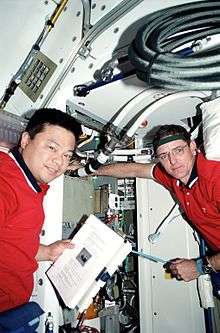Shirt-sleeve environment

The shirt-sleeve environment is a term used in aircraft design to describe the interior of an aircraft in which no special clothing need be worn. Early aircraft had no internal pressurization, so the crews of those that reached the stratosphere had to be garbed to withstand the low temperature and pressure of the air outside. Respirator masks needed to cover the mouth and nose. Silk socks were worn to keep in the heat. Sometimes leather clothing, such as boots, were electrically heated. When jet fighter aircraft reached still higher altitudes, something similar to a space suit had to be worn, and pilots of the highest reconnaissance aircraft wore real space suits.
Commercial jet airliners fly in the stratosphere, but because they are pressurized, they could be said to have a shirt-sleeve environment. Crews of the US Apollo spacecraft always began the flight phases of launch, docking, and re-entry in space suits, although they could remove them for many hours. The Soviets tried to perfect this to save weight. This worked well, until an accidental depressurization on entry resulted in the deaths of an entire Soyuz crew. Protocols were changed shortly thereafter to require at least partial spacesuits. Early Soyuz spacecraft had no provision for space suits in the re-entry module, although the orbital module was intended for use as an airlock. Thus these operated in a shirt-sleeve environment except for spacewalks.
This term is also used in Science-fiction to describe an alien planet with an atmosphere breathable by humans without special equipment.